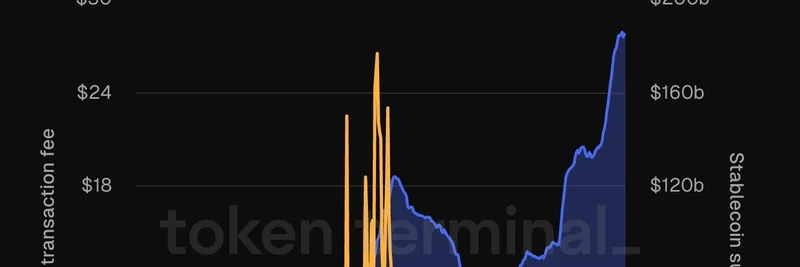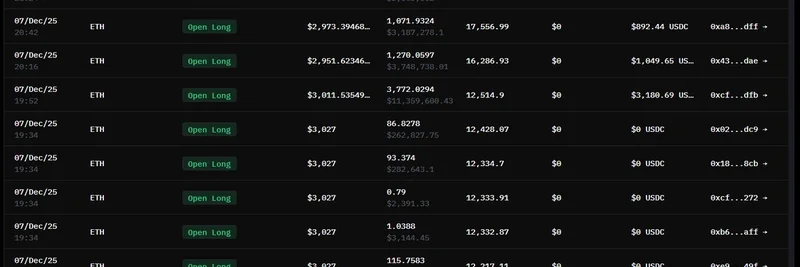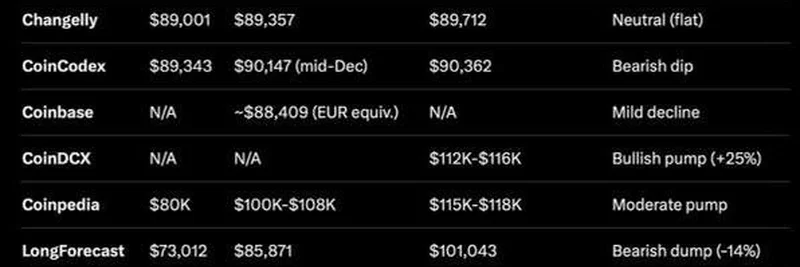In a recent discussion featured on the "Bits + Bips" platform, Thomas Uhm, Chief Commercial Officer at the Lito Foundation, shared his compelling viewpoint on the future of financial markets, particularly focusing on perpetual futures, commonly known as "perps." This conversation, highlighted by Laura Shin on X (formerly Twitter), delves into why perpetuals might just be the game-changer for all markets, not just cryptocurrencies.
Understanding Perpetual Futures
Before we dive into Uhm's insights, let's break down what perpetual futures are. Unlike traditional futures contracts that have a set expiration date, perpetual futures can be held indefinitely. They are designed to mimic the spot market price of the underlying asset, adjusting through a mechanism called the funding rate. This rate ensures that the perpetual contract price stays close to the spot price, either by charging or paying traders based on their position.
Thomas Uhm's Perspective
Uhm's argument is rooted in the efficiency and flexibility that perpetuals offer. He suggests that "perps are going to eat the world," indicating a belief in their potential to dominate not just crypto markets but all financial markets. Here's a breakdown of his key points:
Market Efficiency: Perpetual futures allow for continuous trading without the need for rolling over contracts, which can be cumbersome and costly in traditional futures markets. This continuous nature enhances liquidity and reduces the friction of trading.
Leverage and Speculation: With the ability to trade on margin, perpetuals offer significant leverage, enabling traders to speculate on price movements without owning the underlying asset. This is particularly attractive in volatile markets like cryptocurrencies.
No Expiration Hassles: The lack of an expiration date means traders can hold positions as long as they want, without worrying about settling the contract at a specific time. This feature is a game-changer for long-term strategies.
Impact on Market Structure: Uhm points out that perpetuals can influence market behavior by increasing trading volumes and potentially stabilizing prices through the funding rate mechanism. However, he also acknowledges the challenges, such as increased trading costs and regulatory concerns.
The Broader Implications
Uhm's vision extends beyond cryptocurrencies. He sees perpetuals as a model that could be applied to other asset classes, including commodities and indices. This broad application could revolutionize how markets operate, making them more accessible and efficient for a wider range of participants.
Challenges and Considerations
While the benefits are clear, Uhm also touches on the downsides. The high leverage associated with perpetuals can amplify losses as well as gains, posing risks to individual traders and the market as a whole. Additionally, the regulatory landscape for such instruments is still evolving, which could impact their adoption and operation.
Conclusion
Thomas Uhm's discussion on perpetual futures offers a fascinating glimpse into the future of financial markets. As we move forward, it will be interesting to see how these instruments evolve and whether they indeed become the backbone of all markets. For now, they represent a significant shift in how we think about trading and market efficiency, particularly in the fast-paced world of cryptocurrencies.
For those interested in diving deeper, the full conversation can be found on the "Bits + Bips" platform, episode 861. Whether you're a seasoned trader or new to the world of finance, understanding perpetual futures could be key to navigating the markets of tomorrow.




